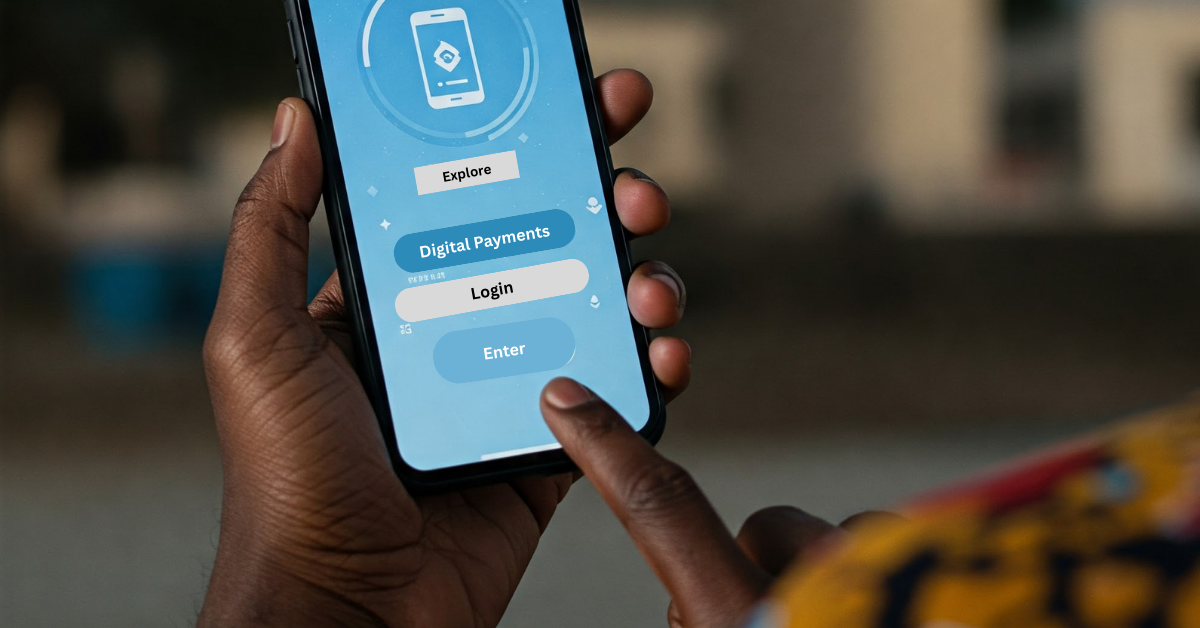OpenAI has officially rolled out group chats in ChatGPT, bringing the AI assistant into shared conversations for the first time.
After a successful limited pilot, the feature is now available globally to all logged-in users on Free, Go, Plus and Pro plans, both on the web and through the ChatGPT app.
Up to 20 people can now join the same thread and interact with ChatGPT together. But the implementation has been designed deliberately to avoid the AI taking over the conversation.
Instead, ChatGPT stays in the background, only stepping in when explicitly tagged or when the context clearly calls for it. It behaves more like a helpful participant than a running commentary stream.
Crucially, group conversations are kept separate from your private chats. Personal memory never carries into a group, and nothing discussed in a group setting becomes part of your individual ChatGPT memory later. You’ll also be asked to create a simple profile so you don’t appear as a generic anonymous icon. If kids join a chat, the system automatically tightens content filters for everyone. And the group creator is the one person who can’t be removed unless they choose to leave.
Early testers found the AI useful in situations where groups normally get stuck: settling small debates, making plans or comparing options. In one example, ChatGPT quietly supplied details during a discussion about breakfast spots without interfering. In another, it became more active during a simulated “what movie should we watch?” argument, helping narrow choices and even keeping track of side conversations such as snack planning without losing the main thread.
But the experience still depends heavily on the humans. ChatGPT won’t intervene if two people are bickering about dinner unless someone tags it. The restraint is intentional, preventing the chat from becoming an AI-centric show with passive spectators.
The more social behaviour is also a step beyond typical chatbot interactions. ChatGPT can reference profile pictures, reply with emojis and even generate group-specific images when asked. Behind the scenes, the system runs on GPT-5.1 Auto, which adjusts its response complexity dynamically based on the group’s needs.
Functionally, group chats don’t change what ChatGPT can do, but they may change how often you use it. Instead of being a purely individual assistant, it now acts as a built-in mediator, fact-checker and planner that can help groups reach decisions faster.
And considering how difficult coordinating even three people can be, a polite, endlessly patient assistant in the group chat might be one of AI’s most practically useful tricks yet.











